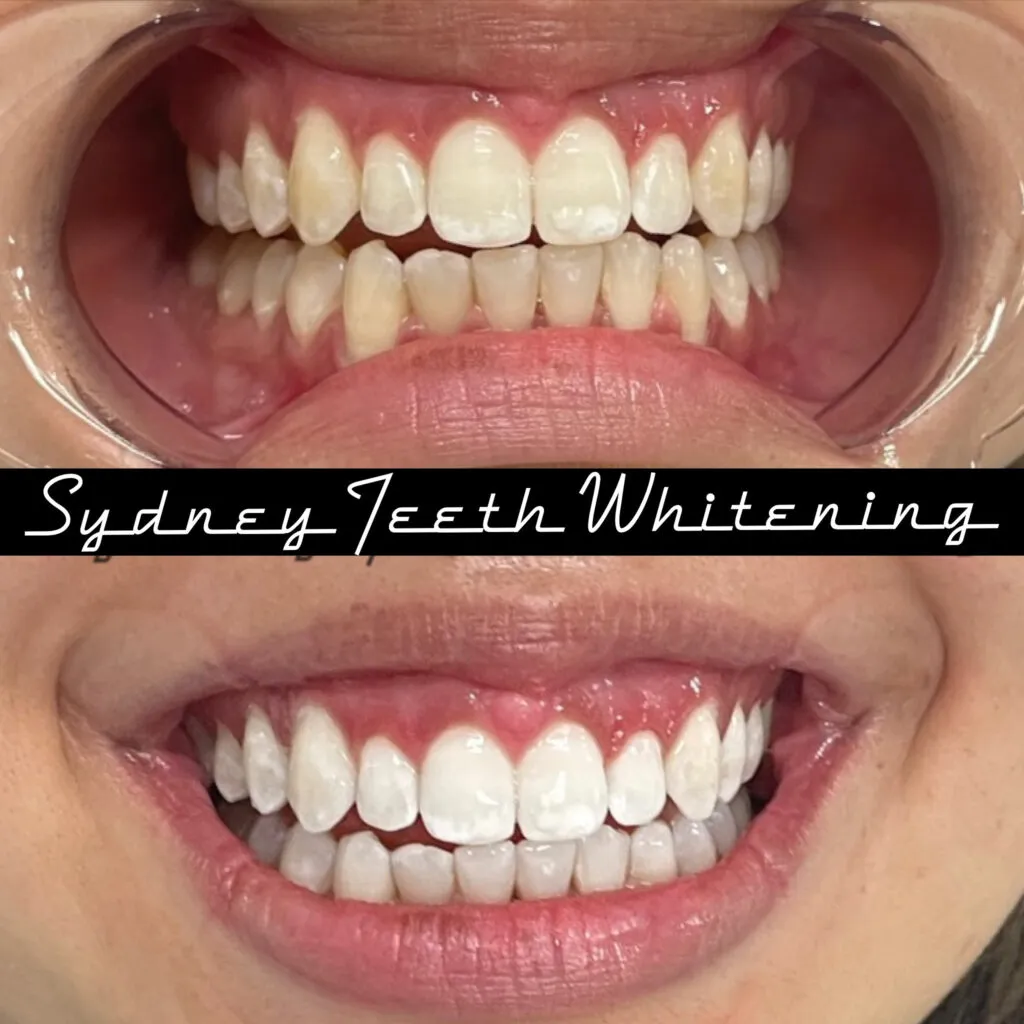Understanding Teeth Whitening Sensitivity
Teeth whitening strips can be a fantastic way to achieve a brighter smile, but unfortunately, they can sometimes lead to temporary tooth sensitivity. This sensitivity is a common side effect and can range from mild discomfort to a more intense, throbbing ache. Understanding why this happens is the first step in finding effective relief. The active ingredients in whitening strips, typically hydrogen peroxide or carbamide peroxide, work by penetrating the enamel and breaking down stains. This process can sometimes irritate the nerves within the teeth, leading to the sensation of sensitivity. However, this discomfort is usually temporary and manageable with the right strategies. It’s essential to remember that everyone’s teeth are different, and some individuals are naturally more prone to sensitivity than others. Factors such as existing dental conditions, the thickness of enamel, and even genetics can play a role in how your teeth react to whitening treatments.
Why Do Whitening Strips Cause Pain?
The primary culprit behind the pain caused by whitening strips is the peroxide-based bleaching agent. This agent, while effective at removing stains, can also cause the dentin tubules – tiny channels within your teeth – to become exposed. These tubules lead directly to the nerve center of the tooth, called the pulp. When the tubules are open, the nerves become more vulnerable to stimuli like temperature changes, pressure, and the chemicals in the whitening strips. This heightened sensitivity is why you might experience sharp, shooting pains or a general ache. The intensity of the pain can also vary depending on the concentration of peroxide in the strips, the duration of application, and how often you use them. Overuse or using strips that are too strong for your teeth can significantly increase the likelihood and severity of the sensitivity. It is imperative to follow the instructions on the whitening strip packaging carefully to minimize discomfort.
Common Causes of Tooth Sensitivity

Beyond whitening strips, several other factors can contribute to tooth sensitivity. Tooth decay, or cavities, can expose the inner layers of your teeth, leading to pain. Gum recession, where the gums pull away from the teeth, can also expose the sensitive root surfaces. Cracks or chips in your teeth can provide pathways for irritants to reach the nerves. Aggressive brushing or using a hard-bristled toothbrush can wear away enamel, increasing sensitivity. Acidic foods and drinks, such as citrus fruits, sodas, and vinegar, can erode enamel over time. Additionally, some dental procedures, like teeth cleaning or fillings, may temporarily increase sensitivity. If you already have sensitive teeth due to any of these reasons, using whitening strips could exacerbate the problem. Understanding the root causes of your sensitivity can help you choose the right approach to manage and relieve the discomfort.
How Whitening Strips Work
Whitening strips use a chemical process to lift stains from your teeth. The active ingredient, usually hydrogen peroxide or carbamide peroxide, penetrates the enamel. These chemicals break down the stain molecules, making them less visible and thus brightening your smile. The peroxide molecules essentially ‘bleach’ the stains that have accumulated from coffee, tea, wine, and other foods and drinks. As the peroxide interacts with the enamel, it can cause temporary demineralization, making the teeth more porous and sensitive. The concentration of the peroxide varies between different brands and formulations of whitening strips, impacting the speed and intensity of the whitening process. The effectiveness and potential for sensitivity depend on the specific product used, the duration of treatment, and the frequency of use. Following the instructions carefully helps to balance effective whitening with minimizing discomfort.
Immediate Relief Strategies
If you’re experiencing pain or discomfort immediately after using whitening strips, there are several things you can do to find quick relief. First, rinse your mouth thoroughly with cool water. Avoid using hot or cold water, as extreme temperatures can worsen the sensitivity. Gently brush your teeth with a soft-bristled toothbrush and a desensitizing toothpaste, as this will help to soothe the nerves. Avoid consuming foods or drinks that are extremely hot, cold, sweet, or acidic, as these can trigger pain. Over-the-counter pain relievers, such as ibuprofen or acetaminophen, can also provide temporary relief from the ache. If the pain is severe or persistent, consult with your dentist to rule out any underlying dental issues and receive professional advice on managing your sensitivity. It’s important to take these steps to alleviate the discomfort and ensure that you’re not causing further damage to your teeth.
Rinsing with Water and Saline Solution
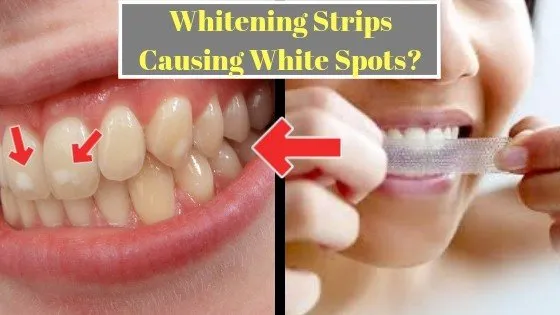
One of the simplest immediate relief methods is rinsing your mouth with cool water or a mild saline solution. This can help to remove any residual whitening agent that might be causing irritation. The cool water helps soothe the exposed nerves in your teeth. To make a saline solution, mix about half a teaspoon of salt with a cup of lukewarm water. Gently swish the solution around your mouth for about 30 seconds and spit it out. This can help to reduce inflammation and promote healing. Avoid using mouthwashes that contain alcohol immediately after using whitening strips, as alcohol can dry out your mouth and exacerbate sensitivity. Rinsing with water or a saline solution is an easy, readily available way to start calming the nerves and alleviating some of the discomfort.
Over-the-Counter Pain Relievers
When the pain from whitening strips is more than mild, over-the-counter pain relievers can provide effective relief. Ibuprofen (Advil, Motrin) and acetaminophen (Tylenol) are both commonly used to manage dental pain. Always follow the dosage instructions on the packaging and do not exceed the recommended amount. If you have any pre-existing medical conditions or are taking other medications, consult with your doctor or pharmacist before taking any pain relievers. These medications can help to reduce inflammation and block pain signals, providing temporary relief from tooth sensitivity. Remember that pain relievers are a short-term solution, and it’s important to address the underlying cause of the sensitivity to prevent further discomfort. If the pain is severe or does not improve with over-the-counter medication, seek advice from your dentist.
Dietary Adjustments to Reduce Sensitivity
What you eat and drink can significantly impact your teeth sensitivity. Certain foods and beverages can exacerbate discomfort and trigger pain after using whitening strips. It is best to avoid extremely hot or cold items, as they can trigger sensitivity in the exposed nerves. Acidic foods, such as citrus fruits, tomatoes, and vinegar-based dressings, can further irritate the teeth and cause pain. Similarly, sugary items, which can lead to increased acid production in your mouth, should be avoided. Instead, focus on eating a balanced diet that includes foods that are gentle on the teeth, such as dairy products, which contain calcium and can help strengthen enamel. Consider adding foods like bananas, avocados, and leafy greens to your diet, as these are generally less likely to trigger sensitivity. By making these dietary adjustments, you can minimize irritation and promote quicker recovery.
Avoiding Extreme Temperatures

One of the easiest ways to manage sensitivity is to avoid drastic temperature changes in your mouth. This means steering clear of extremely hot or cold foods and drinks. For example, hold off on your morning coffee, especially if it’s piping hot, and forgo the ice cream or icy drinks. Instead, choose room-temperature or slightly cool items. If you do consume something that is temperature-sensitive, take small sips or bites. You can also drink through a straw, which helps to bypass contact with your teeth. Allowing the food or beverage to sit in your mouth for extended periods exposes your teeth for a longer duration. By making simple changes in your eating and drinking habits, you can significantly reduce the pain and discomfort caused by teeth sensitivity.
Long-Term Solutions for Teeth Whitening Pain
While immediate relief strategies can help manage the pain, long-term solutions are often necessary to address the underlying causes of sensitivity and prevent future discomfort. This requires a more proactive approach that focuses on protecting the enamel, reducing exposure to irritants, and strengthening your teeth. Incorporating these long-term strategies into your daily dental care routine can help to significantly reduce or eliminate tooth sensitivity. This includes selecting and using the right toothpaste, considering professional treatments if necessary, and always taking preventative measures to safeguard your dental health. Implementing these solutions can help you enjoy a bright smile without the constant worry of sensitivity.
Using Sensitivity Toothpaste
Sensitivity toothpaste is specifically designed to provide long-term relief from tooth sensitivity. It contains ingredients that block the tubules in your teeth, preventing irritants from reaching the nerves. The active ingredients in sensitivity toothpaste typically include potassium nitrate, strontium chloride, or stannous fluoride. Potassium nitrate is a common desensitizing agent, working by calming the nerve inside the tooth and reducing its sensitivity to stimuli. Use the toothpaste regularly, twice a day, for several weeks to experience the full benefits. Be patient, as it can take some time for the toothpaste to take full effect. Make sure to brush gently with a soft-bristled toothbrush to avoid damaging the enamel further. Consider applying a small amount of the toothpaste to the sensitive areas and leaving it there for a few minutes before brushing. This can help maximize its effectiveness. Sensitivity toothpaste provides an effective and accessible way to manage and reduce teeth sensitivity over time.
Professional Dental Treatments
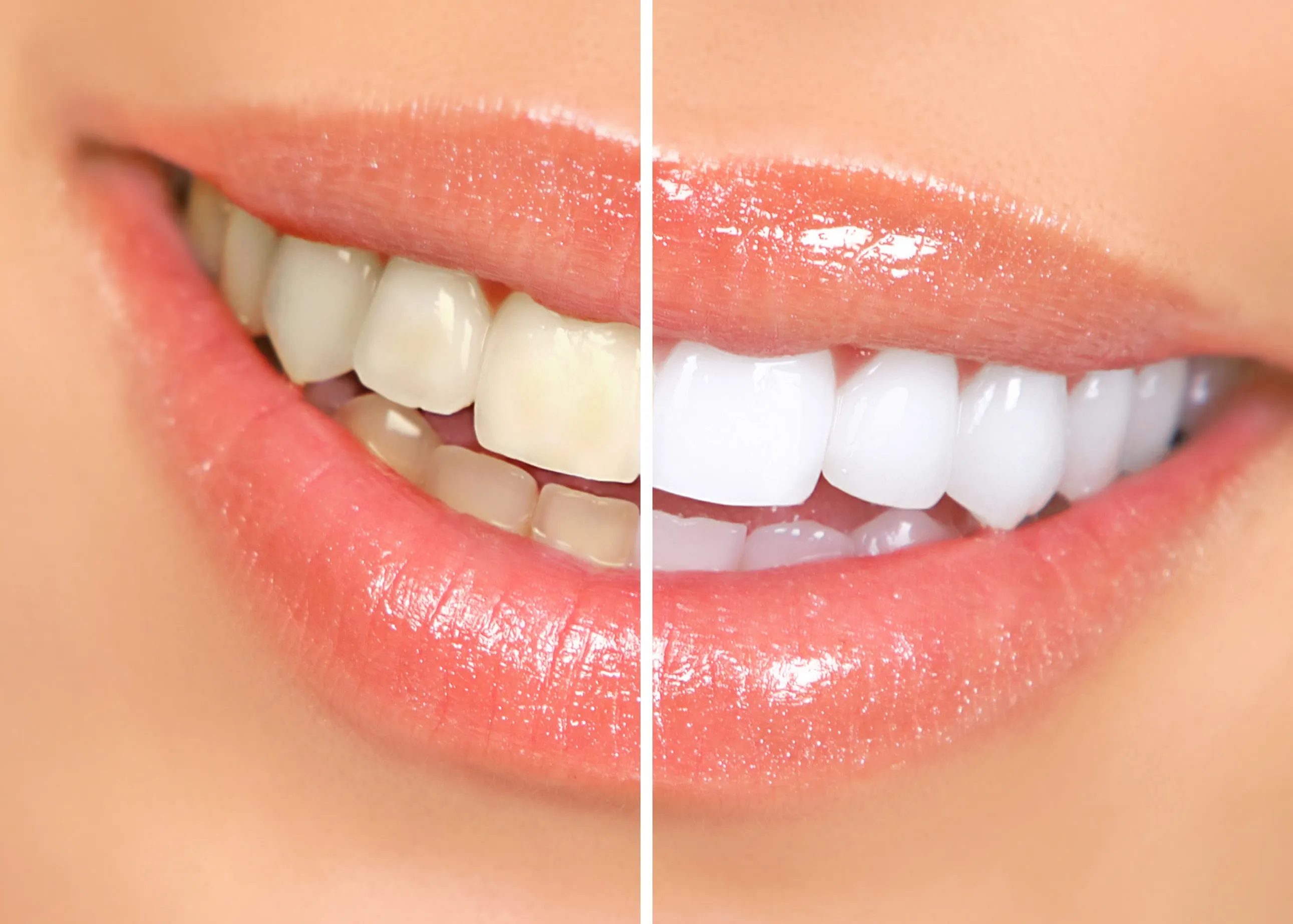
In some cases, professional dental treatments may be necessary to address severe or persistent tooth sensitivity. Your dentist may recommend several options to help manage the pain. Fluoride treatments can strengthen enamel and reduce sensitivity. Dental bonding can be used to cover exposed root surfaces or fill in cracks and chips. Your dentist might apply a desensitizing agent directly to the sensitive areas. In severe cases, where sensitivity is caused by gum recession, a gum graft may be necessary. If the sensitivity is related to cavities, your dentist will need to fill them to protect the nerves. Your dentist can assess the underlying causes of your sensitivity and recommend the most appropriate treatment plan. Regular check-ups are crucial to identify and address any dental issues early. Consider discussing any sensitivity concerns with your dentist, and ask about professional treatments that could benefit your oral health.
Choosing the Right Whitening Strips
Selecting the right whitening strips can significantly impact the level of sensitivity you experience. The market offers a variety of options, so it’s essential to choose a product that suits your individual needs and tooth sensitivity level. The most crucial factor is the concentration of the active ingredient, usually hydrogen peroxide. Higher concentrations often lead to faster results but can also cause greater sensitivity. If you have sensitive teeth, look for strips with a lower concentration of peroxide. Read the product labels carefully and look for phrases like ‘gentle whitening’ or ‘for sensitive teeth’. Consider trying different brands to find one that minimizes discomfort. Some brands offer shorter treatment times or fewer applications to reduce the intensity of the whitening process. Always consult your dentist before starting any whitening treatment, especially if you have a history of sensitive teeth or other dental issues. By carefully choosing the right whitening strips, you can achieve a brighter smile with minimal pain and discomfort.
Selecting Gentle Formulas
Gentle whitening formulas are specifically designed to minimize sensitivity. These products typically contain lower concentrations of hydrogen peroxide or carbamide peroxide. The reduced level of the active ingredient lowers the chance of irritation to the nerves. Many gentle formulas are designed to be used for shorter durations or applied less frequently than more potent options. They often include ingredients that help soothe the teeth and gums. Some gentle formulas use alternative whitening agents, such as PAP (phthalimidoperoxycaproic acid), which is believed to be gentler on the enamel. When shopping for whitening strips, pay close attention to the product descriptions and packaging. Look for terms like ‘gentle,’ ‘sensitive teeth,’ or ’low-sensitivity formula’. Always follow the instructions carefully and do not exceed the recommended treatment time or frequency. By selecting a gentle formula, you can still achieve a brighter smile while significantly reducing the likelihood of pain and discomfort.
Consulting a Dentist
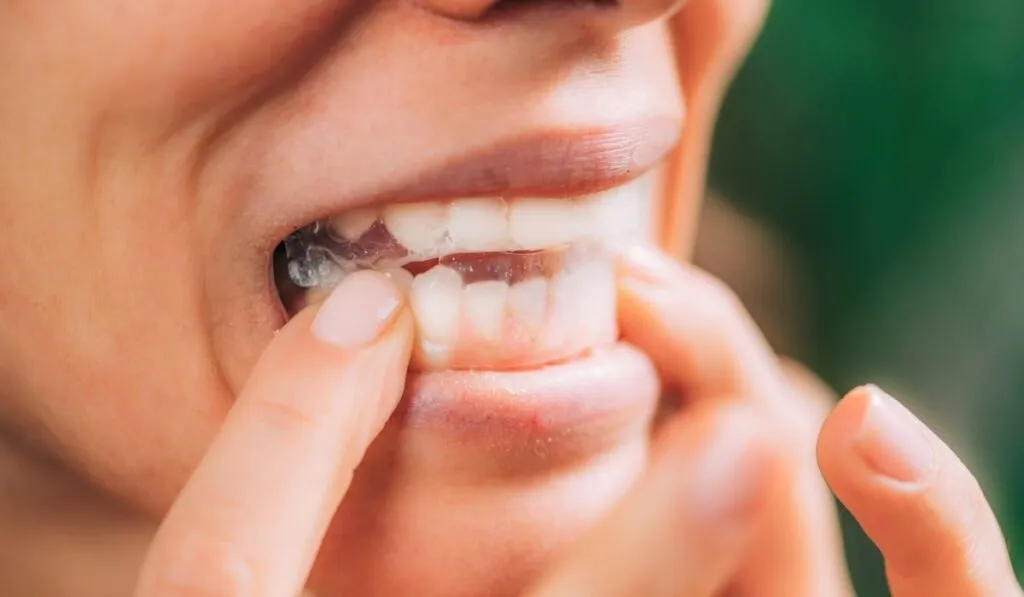
Consulting your dentist is a crucial step if you are experiencing significant tooth sensitivity or are unsure about the best approach to teeth whitening. Your dentist can assess the overall health of your teeth and gums and identify any underlying issues that might be contributing to the sensitivity. They can also recommend whitening treatments, professional whitening options, or alternative whitening methods that are suitable for your specific needs. Before starting any whitening treatment, discuss your concerns and any existing dental conditions with your dentist. They can provide personalized advice on the best whitening strips or products, along with guidance on how to minimize potential side effects. During your visit, your dentist will examine your teeth for signs of decay, gum recession, or other issues that could affect your sensitivity. They can also offer professional treatments to strengthen your enamel or protect your teeth, such as fluoride applications. Your dentist is your best resource for safe and effective teeth whitening and oral health.
When to Seek Professional Help
While some sensitivity is normal after using whitening strips, it’s important to know when to seek professional help from your dentist. If the pain is severe, persistent, or worsens despite using home remedies, it’s time to consult your dentist. If the pain lasts longer than a few days, it could indicate an underlying dental issue that needs attention. Any signs of infection, such as swelling, redness, or pus, warrant an immediate visit to your dentist. If you experience sharp, shooting pains that are not relieved by over-the-counter medications, professional evaluation is necessary. If you notice any changes in your gums, such as bleeding or recession, seek dental advice. Your dentist can assess the cause of your pain and recommend appropriate treatments, such as fillings, root canals, or gum therapy. Do not hesitate to seek professional assistance if you have concerns about your oral health. Early intervention can prevent serious complications and ensure your teeth are healthy and pain-free.
Signs You Need to See a Dentist
Several signs indicate that you need to see a dentist. Severe and persistent pain that does not subside with home remedies or over-the-counter pain relievers is a significant warning sign. If you experience any swelling or inflammation in your gums or face, it is essential to seek professional attention. If you notice bleeding gums, especially when brushing or flossing, consult with your dentist. Any loose teeth or changes in the alignment of your teeth require dental examination. If you observe dark spots, cracks, or chips on your teeth, it is important to have them checked. Persistent bad breath that does not improve with brushing and flossing might be indicative of underlying dental problems. If you experience sensitivity to temperature changes or sweets, that is a sign that your dentist needs to check your teeth. Regular dental check-ups are the best way to identify any dental issues early on. Do not delay seeking professional help if you experience any of these symptoms, as timely treatment can prevent serious complications.
Preventing Future Sensitivity
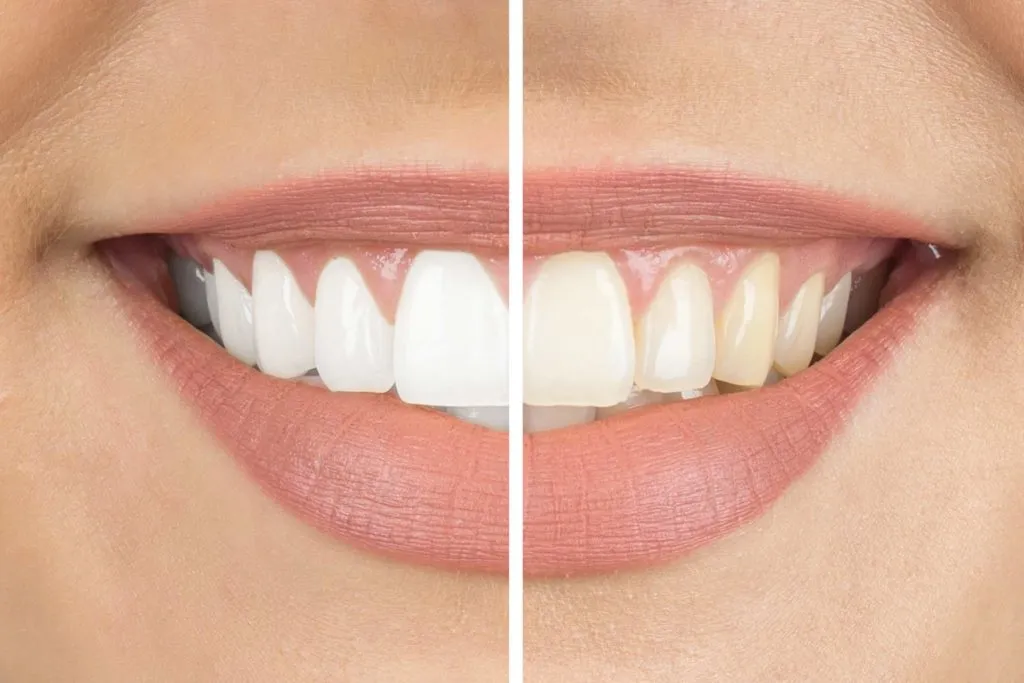
Preventing future tooth sensitivity involves a combination of good oral hygiene practices, mindful eating habits, and regular dental care. Brush your teeth gently with a soft-bristled toothbrush, using a fluoride toothpaste. Avoid aggressive brushing, as it can erode enamel and lead to sensitivity. Floss daily to remove plaque and food particles. Limit your intake of acidic foods and beverages, such as citrus fruits, sodas, and vinegar. Consider drinking through a straw to minimize contact with your teeth. Use a desensitizing toothpaste regularly to protect your enamel. Schedule regular dental check-ups and professional cleanings to maintain your oral health and address any issues early. Talk to your dentist about any concerns regarding sensitivity or oral health. By incorporating these measures into your daily routine, you can significantly reduce your risk of future sensitivity and maintain a healthy, pain-free smile.
Proper Oral Hygiene
Proper oral hygiene is fundamental in preventing tooth sensitivity. Brush your teeth at least twice a day, for two minutes each time, using a soft-bristled toothbrush. Make sure you use fluoride toothpaste to strengthen your enamel. Gently brush all surfaces of your teeth, including the front, back, and chewing surfaces. Avoid brushing too hard, as this can wear away enamel and contribute to sensitivity. Floss daily to remove plaque and food particles from between your teeth. This prevents the buildup of bacteria that can lead to cavities and gum disease. Consider using an antimicrobial mouthwash to help kill bacteria and freshen breath. Avoid sugary snacks and drinks, as they can contribute to tooth decay. Rinse your mouth with water after meals to remove food debris. Consistent and correct oral hygiene is the cornerstone of maintaining a healthy, pain-free smile.
Regular Dental Check-ups
Regular dental check-ups and professional cleanings are essential for preventing tooth sensitivity and maintaining optimal oral health. Schedule check-ups at least every six months, or more frequently if your dentist recommends it. During these visits, your dentist will examine your teeth and gums for any signs of problems. They can detect early signs of decay, gum disease, or other issues that could contribute to sensitivity. Professional cleanings will remove plaque and tartar, which can irritate your gums and cause sensitivity. Your dentist can also apply fluoride treatments to strengthen your enamel and help prevent cavities. They can provide personalized advice on oral hygiene and recommend products that are suitable for your needs. Regular check-ups allow your dentist to monitor the health of your teeth and address any issues promptly. By attending your dental appointments regularly, you are investing in a healthy, pain-free smile for years to come.
